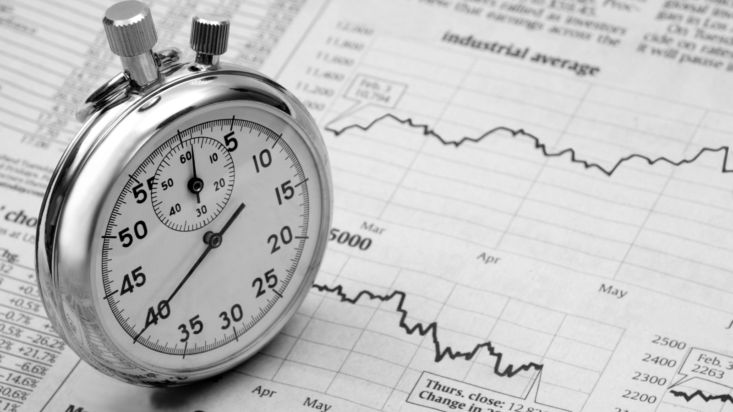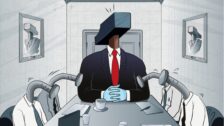When preparing for the worst is fraught with danger
As it stands today, investment markets are significantly less risky than they were earlier this year, or perhaps at any time in the last two years.
Not more than 12 months ago, the 10-year government bond yield was as low as 0.5 per cent and term deposits were less than 1 per cent, offering very little reward for investors seeking low risk investments. At the same time, most share markets around the world were trading at or near record highs amid a buoyant economic recovery.
With government bond yields and term deposits now offering 12 month yields of in excess of 3 per cent and share markets having fallen anywhere from 10 to 30 per cent, depending on their composition, long-term investors should have greater confidence in deploying capital, as long as they are able to look through the short-term uncertainty and media headlines.
Markets love to surprise
In truth, one could have been forgiven for thinking that the early stages of the COVID-19 market crisis would be the worst investment environment we would see for the foreseeable future. Unfortunately, markets always have a way of surprising even the most prepared and successful investors, with September marking the worst month for global share markets since March 2020.
The events of 2022 have been nothing short of historical, with an abundance of both expected and unexpected changes to the global economy making it incredibly difficult to invest with any certainty. The war in Ukraine has contributed to the worst energy crisis in several decades; in parallel a seemingly persistent increase in inflation is spreading across the globe, while the effects of the pandemic linger across supply chains, affecting business efficiency and cost of living for all.
Central banks around the world are now focusing solely on cutting the current levels of demand, as they clearly have no ability to impact the supply side. The challenge, however, is that many of the biggest sources of inflation – energy, commodities, rent and food – are all now reversing, while the likes of the Federal Reserve are ramping up rate hikes.
It now appears that central banks are willing to push their own economies into recession in the hopes of reducing demand and ultimately sending unemployment significantly higher. To many the concept of encouraging conditions that would see more people without work during a time when cost of living pressures are at historically high levels seem counter-intuitive.
There is a natural tendency to think about the worst that could happen and then invest for that circumstance, but this is fraught with more risk than most understand. As long-term investors, we need to focus on the many outcomes that are possible from here, and the growing likelihood that lofty rate hike ambitions will not be met.
This is particularly relevant given the track record not only of media personalities and professional economists, but central bankers themselves who were unable to forecast where their own cash rate would be in 2023, let along 2025.











